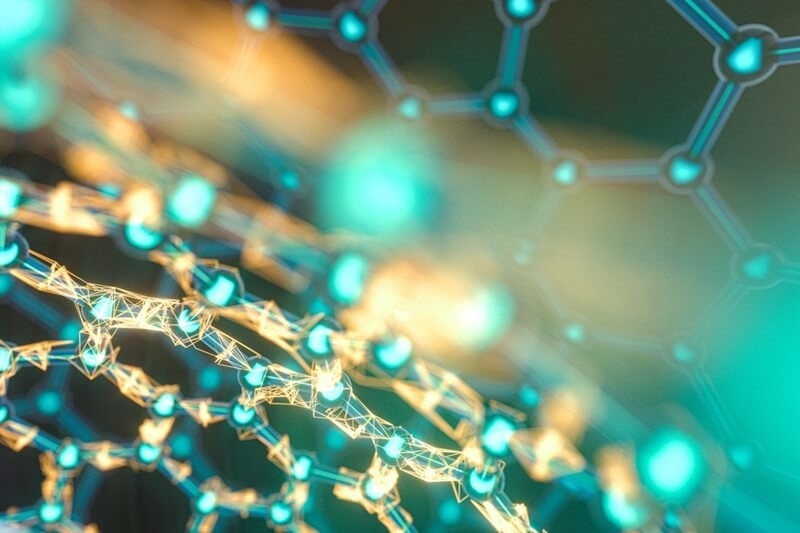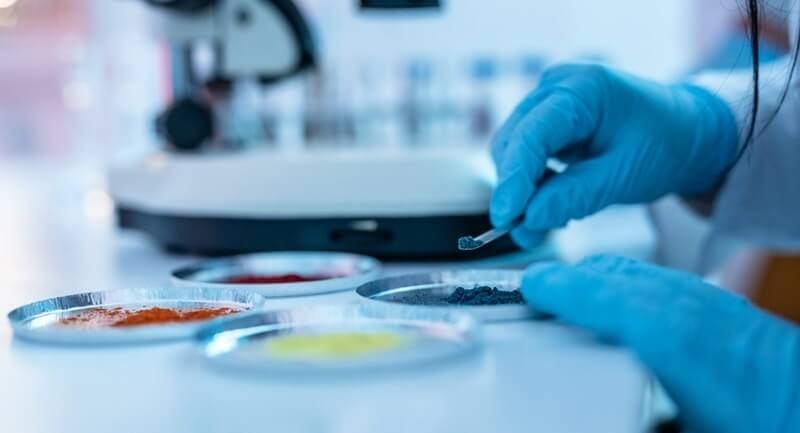
Before we go anywhere, let’s get the big question out of the way — what is synthetic biology? Put simply, it’s about treating biology like an engineering project. Instead of just observing cells or tweaking genes here and there, scientists are now building and programming living systems the way you’d design software or wire up a circuit.
If you had to define synthetic biology, it’s the mix of biology and engineering that allows us to design cells, DNA, and proteins in a predictable way to make them do useful things. Not “random tinkering in a lab,” but intentional, modular design. Think of it as moving from playing with Lego blocks to actually creating new Lego pieces that can do things nature didn’t design them to do.
Now, why does this matter? Because the minute you stop asking “can we?” and start asking “what should we build with it?”, you open up a massive list of synthetic biology applications. From making medicines to creating lab-grown meat, to cleaning up pollution — this field is no longer some futuristic sci-fi concept. It’s already happening.
Here’s the thing about biology: it’s messy, unpredictable, and slow if you do everything by hand. Synthetic biology only really takes off when you bring in automation. Companies like Tecan build robotic systems that handle repetitive lab work — pipetting, colony picking, sequencing prep — all the stuff that usually eats up hours of a researcher’s life.
Automated platforms mean experiments can run in parallel, hundreds at a time, with consistent results. Instead of a scientist babysitting a PCR machine, they can design better systems while the robots do the grunt work. Without this layer of automation, most real-world uses of synthetic biology wouldn’t even be possible. You can’t scale lab-grown meat or personalized medicine if you’re still pipetting by hand.
You may like: How Science Expands the Search for Extraterrestrial Life

If you look at reports (like StartUs Insights) and what labs are doing on the ground, some clear synthetic biology trends stand out. These aren’t “maybe in 50 years” ideas. They’re here, and they’re shaping industries right now.
Cancer treatment has already been flipped upside down by CAR-T therapies — basically reprogrammed immune cells. Synthetic biology takes this further by letting scientists add control switches, safety circuits, or smarter targeting into those same cells.
CRISPR made headlines a few years ago, but we’re past the hype phase. Now it’s about refining gene editing so it’s precise, reliable, and safe. Synthetic biology brings that engineering mindset: edit the code, test it, reprogram as needed. The result? More effective crops, therapies, and microbes designed to churn out useful products.
You can’t design living systems if you can’t read their code. Sequencing is the “read” step in biology, and as it gets faster and cheaper, it feeds directly into the design-build-test loop.
Everyone’s talking about lab-grown meat or precision-fermented dairy. This is where synthetic biology meets food. Instead of farming cows or chickens, you’re using engineered yeast or cells to produce the same proteins.
COVID showed the world how powerful synthetic approaches are. mRNA vaccines were designed and scaled in record time.
Put together, these trends explain why the synthetic biology market is booming. It’s not one narrow application; it’s medicine, agriculture, materials, and energy all being reshaped at the same time.
Let’s break down some of the most interesting synthetic biology applications we’re already seeing in the wild:
These are not just “cool experiments.” They’re uses of synthetic biology that answer real-world problems: sustainability, health, and resilience.
Also check: Pinwheel Galaxy (Messier 101) Facts You Need to Know
The numbers around the synthetic biology market speak for themselves. Depending on which report you look at, we’re talking about tens of billions of dollars today and projections crossing the $90–190 billion mark within the next decade.
Why the growth?
North America leads right now, but Asia-Pacific is racing to catch up, and Europe isn’t sitting still either. This is global.
It’s not all smooth sailing. While the synthetic biology market is hot, there are still real hurdles:
Still, these challenges don’t slow the momentum — they just remind us synthetic biology has to grow responsibly.
So why should you care about all this? Because synthetic biology isn’t just “another niche science.” It’s becoming the foundation of how we’ll make things, treat diseases, and tackle environmental problems in the 21st century.
To put it simply:
More to explore: How Carbon Capture Helps Achieve Net Zero Emissions
Synthetic biology is no longer a futuristic buzzword. It’s here, shaping industries, drawing massive investment, and solving problems that old methods can’t handle. The combination of engineering, biology, and automation is unlocking possibilities we couldn’t even imagine a generation ago.
So the next time someone asks you what is synthetic biology, you can tell them: it’s the reason your next burger might come from a lab instead of a cow, your next medicine might be programmed to release only when your body needs it, and your next T-shirt might be spun from bacteria instead of cotton.
This content was created by AI